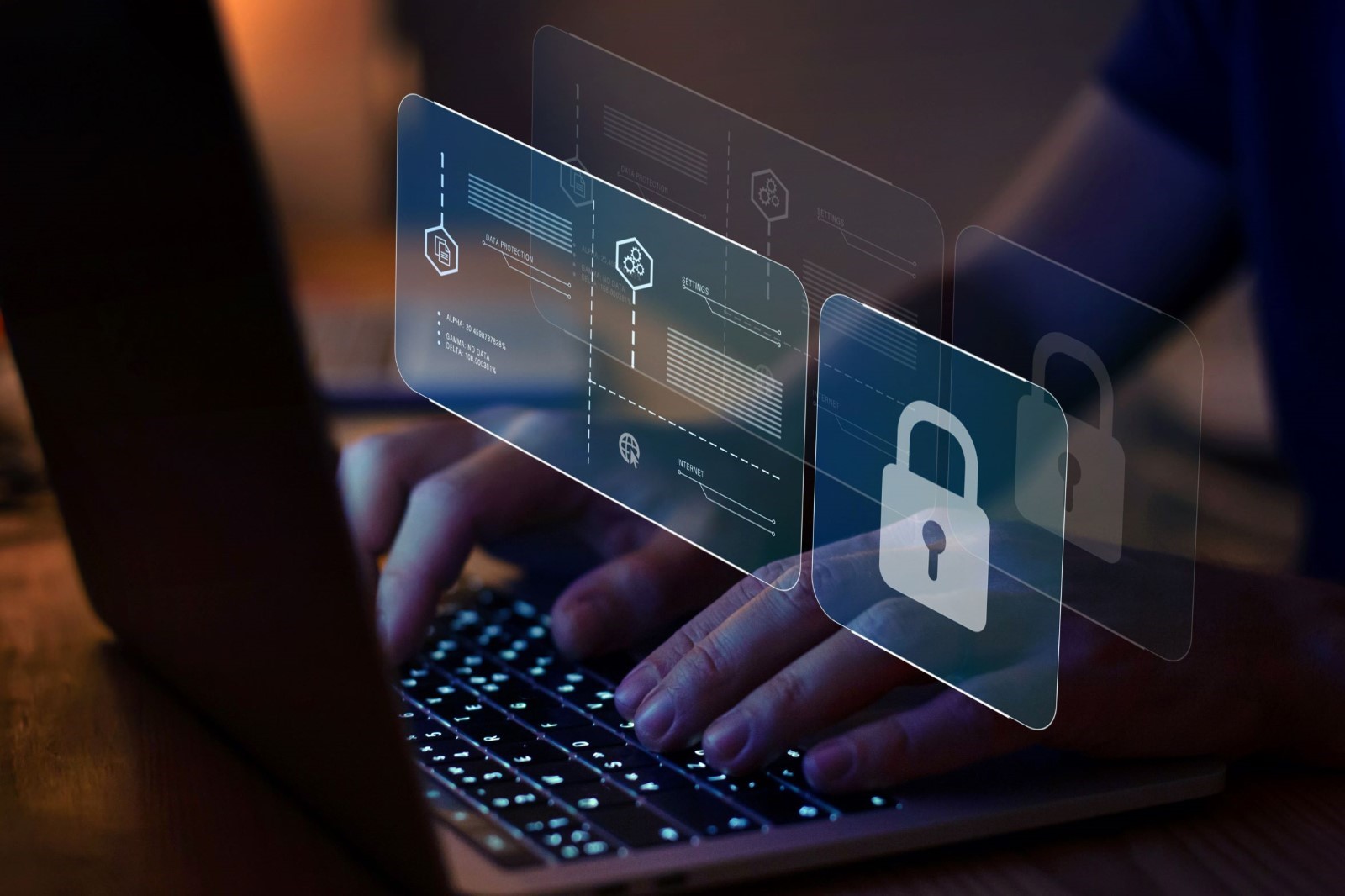Cybersecurity risk assessment is a vital compass guiding organizations through the era of sophisticated cyberattacks and data breaches. It is the systematic process of an organization’s analysis of its information security, assets, and processes for identifying vulnerabilities and potential threats; it’s a high-stakes game.
A study from 2023 reported the average data breach cost USD$4.45 million globally. For the United States, it is even higher, at USD$9.48 million, pointing out what kind of financial devastation a cyberattack might cause. (1)
With this in mind, a detailed cyber security risk assessment would be crucial in staying ahead of the security landscape. Read on for a detailed step-by-step guide below:
Identify and Categorize Assets
The first step in any risk assessment is to create a comprehensive inventory of your organization’s assets. These encompass a wide range of elements, including hardware (servers, workstations, mobile devices), software (applications, operating systems), data (customer information, financial records, intellectual property), and even personnel (employees, contractors).
Categorizing these assets based on their criticality and sensitivity is essential for prioritizing subsequent steps in the assessment process. For instance, assets containing personally identifiable information (PII) or financial data would typically be considered high-risk and warrant heightened security measures.
It’s advisable to consult cybersecurity firms to ensure a thorough asset identification process. Experts can best help you identify and plan how the assessment will be done. For instance, if you’re in Florida, working with cybersecurity firms in Boca Raton can help with risk management in every aspect of your cybersecurity defense. This collaborative approach can help uncover hidden assets and ensure that no critical element is overlooked.
Assess Threats and Vulnerabilities
This step focuses on potential threats and vulnerabilities that could jeopardize your organization’s assets. Threats can take various forms, from external actors like hackers and cybercriminals to internal threats posed by disgruntled employees or accidental actions.
Conversely, vulnerabilities are weaknesses or flaws in your systems, processes, or personnel that these cyber threats could exploit. Outdated software, unpatched systems, weak passwords, inadequate network security controls, and insufficient employee training are all examples of vulnerabilities that can leave your organization exposed.
You can employ various tools and techniques to assess threats and vulnerabilities effectively. Vulnerability scanners, for instance, can automate identifying weaknesses in your software and network infrastructure. Additionally, you can work with cybersecurity firms like ABS to help fortify your line of defense with vigilant network monitoring.
Analyze Risks
Now, having identified the assets, assessed threats, and discovered vulnerabilities, you will proceed to analyze the risks they pose to the given organization. Risk analysis deals with the estimation of the likelihood. This refers to a given threat exploiting a certain vulnerability and the potential impact on their assets.
For example, in qualitative risk analysis, you can create risk levels such as low, medium, or high. These levels are usually assigned by expert judgment and a predefined risk matrix. Quantitative risk analysis, on the other hand, represents the probability and impact of the risk through numerical values, which then combine to produce an exact potential loss. This is very important because cybercrime is currently one of the top 10 risks that will impact the world. (2)
Develop and Implement Mitigation Strategies
Mitigation strategies reduce the potential risk associated with a threat to exploit a current vulnerability or minimize the impact should one occur. They can be classified as technical, administrative, and physical controls.
Technical controls involve the use of technology to prevent an attack on the assets. It will involve firewalls, intrusion detection, encryption, and antivirus software. Another way of controlling attacks is by administrative controls, such as security policies and guidelines that define how employees work with people and how they use technology. Physical controls include locks, security cameras, and access cards, which limit any kind of physical access to sensitive areas.
The mitigation strategies must be based on the risks identified in the previous step. For example, over 90% of cyberattacks are estimated to start with a phishing email. Thus, if your risk assessment shows that your organization is vulnerable to phishing attacks, you might use a mix of technical controls—email filtering and anti-phishing training for employees—with administrative controls in the form of a policy that forbids employees from clicking on suspicious links. (3)
Monitor and Review
Cybersecurity is not a single action; it’s a continuous cycle of protection, detection, and response. Threats will continue to evolve, vulnerabilities will emerge, and your organization’s assets and processes will change over time. Therefore, continuous monitoring is crucial to ensure network security posture and review risk assessments.
With continuous security monitoring, you get to gather and analyze security-related data from various sources, such as logs, alerts, and security information and event management systems. This enables the detection of anomalies, measuring effectiveness, identification of possible security incidents, and proactive incident response to threats.
The cyber risk assessment also needs a periodic review to remain relevant and effective. You have to revisit the inventory of the assets, re-evaluate threats and vulnerabilities, and update calculated levels of risk from time to time. This may require that you run extra vulnerability scanning, penetration testing, or security audits.
Conclusion
Effective cybersecurity hinges on a well-structured risk assessment process. This involves careful planning, implementation, and ongoing monitoring. Recognizing that threats constantly evolve, regular risk assessments and vigilant monitoring become essential to safeguard your organization’s long-term digital resilience.
References:
- “Average cost of a data breach in the United States from 2006 to 2023”, Source: https://www.statista.com/statistics/273575/us-average-cost-incurred-by-a-data-breach/#:~:text=Average%20cost%20per,dollars%20in%202023.
- “10.5 Trillion Reasons Why We Need A United Response To Cyber Risk”, Source: https://www.forbes.com/sites/forbestechcouncil/2023/02/22/105-trillion-reasons-why-we-need-a-united-response-to-cyber-risk/#:~:text=The%202023%20World,supply%20chain%20attack.
- “Shields Up: Guidance for Families”, Source: https://www.cisa.gov/shields-guidance-families#:~:text=More%20than%2090,before%20you%20click.































